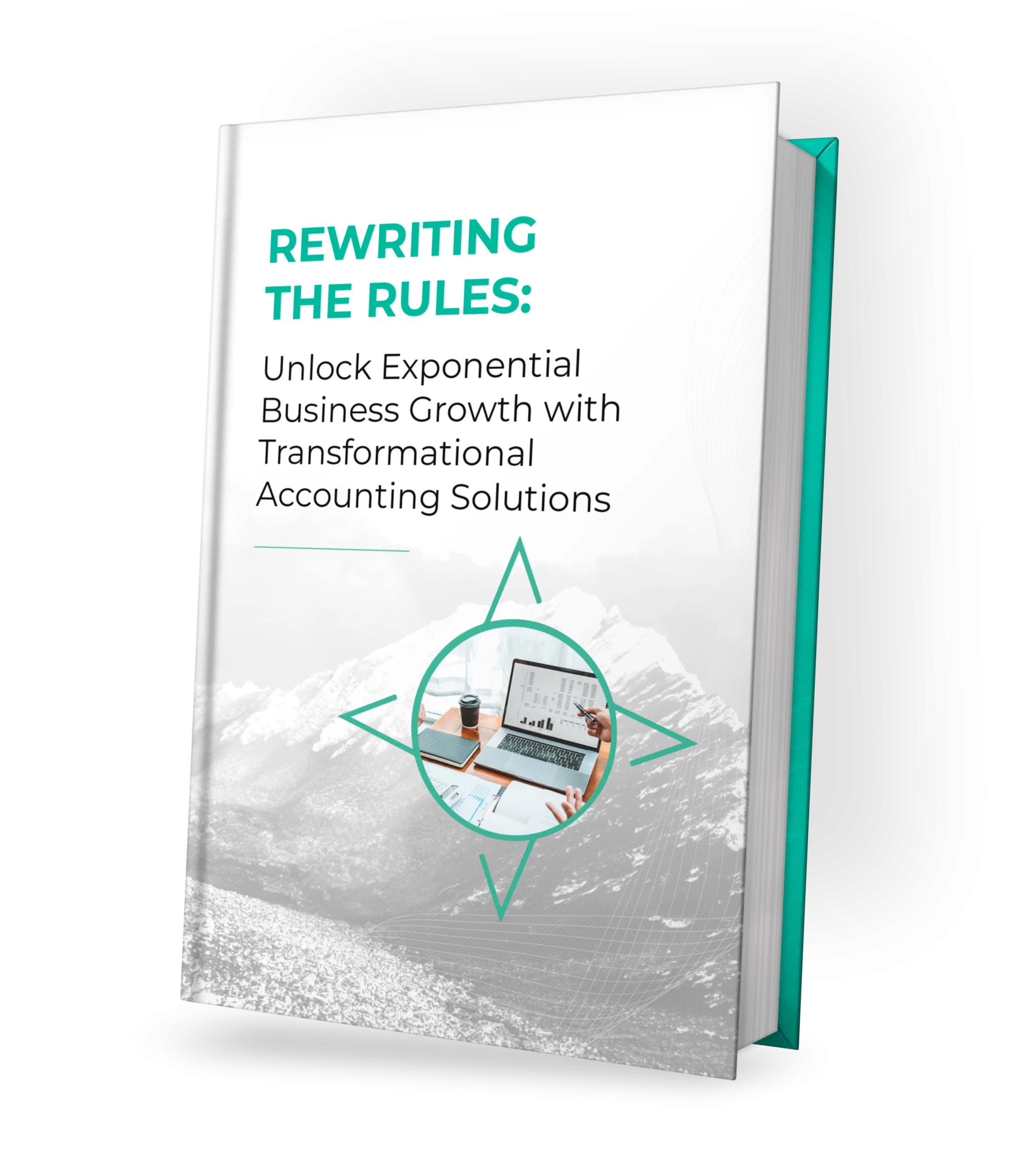Use Integration to Supercharge the Accounts Receivable Process
As every business owner knows, cash is the lifeblood of the company, and without it, things go downhill fast. One widely cited study suggests that 82% of failed small businesses blame cash flow problems to some degree. Another showed that over 60% of small businesses struggle with cash flow on a regular basis. That’s why entrepreneurs must do everything possible to keep cash coming into the bank without delay or disruption.
That’s obvious, of course, and if it was easy, cash flow problems wouldn’t be so widespread. But what if the solution is both less obvious than it seems and easier to implement than many expect? That’s what we will explore in this blog.
Acceleration Through Integration
Complicated as collections may be, it really comes down to two issues: generating as much revenue as possible and collecting it as efficiently as possible. How to sell more deserves its own blog (or book). How to improve accounts receivable, though, is much more straightforward.
The accounts receivable process at most companies relies on a series of siloed technologies. Invoices get created in one tool, payments are handled through another, and the funds eventually end up in a separate accounting system. Moving information from one system to the next often requires manual entries. As a result, the accounts receivable process is slow, prone to error, and hard to scale. To put it differently, the accounts receivable process itself is the biggest obstacle to the efficient collection of cash.
That issue goes away once invoicing, payments, and accounting are integrated onto one platform. When accounts receivable becomes a seamless, interconnected process, it results in faster revenue collection because there’s a single source of truth for all the information involved. Instead of having to collect, condense, and cross-reference invoices and payment receipts by hand, it all lives in the same location from beginning to end. And rather than moving data manually through the steps in the accounts receivable process, automation can do the work faster and more accurately than a human accountant ever could.
In addition to accelerating collection times, integration can minimize payment disputes by ensuring that invoices are free of errors. Likewise, it can prevent invoices or payments from becoming accounting issues that compromise financial stewardship, compliance, or clarity. Integration cannot perfect the accounts receivable process on its own or keep cash flow from ever becoming a problem – but it can make important strides on both fronts.
How to Integrate the Accounts Receivable Process
Integrating invoicing, payments, and accounting so they work in perfect sync requires a multi-pronged effort:
- Identify a technology that can integrate all three without compromising the quality of any one.
- Adopt policies and protocols around what the integrated process can do.
- Leverage integrated capabilities to continuously improve the accounts receivable process specifically and cash flow management more broadly.
Proseer can assist with each of these points, helping companies put an optimal accounts receivable process in place as part of a finely-tuned accounting strategy. Contact us before you send another invoice.

